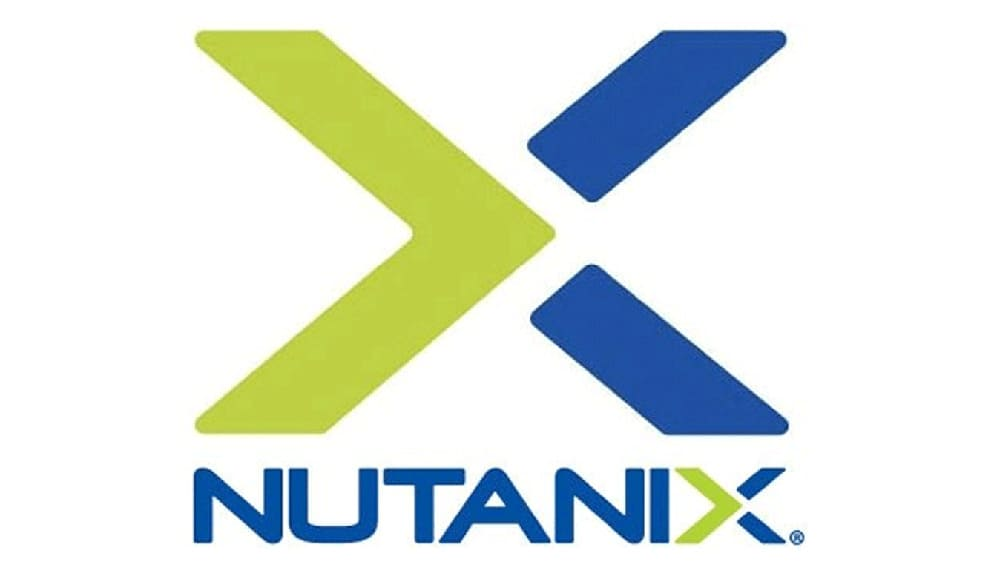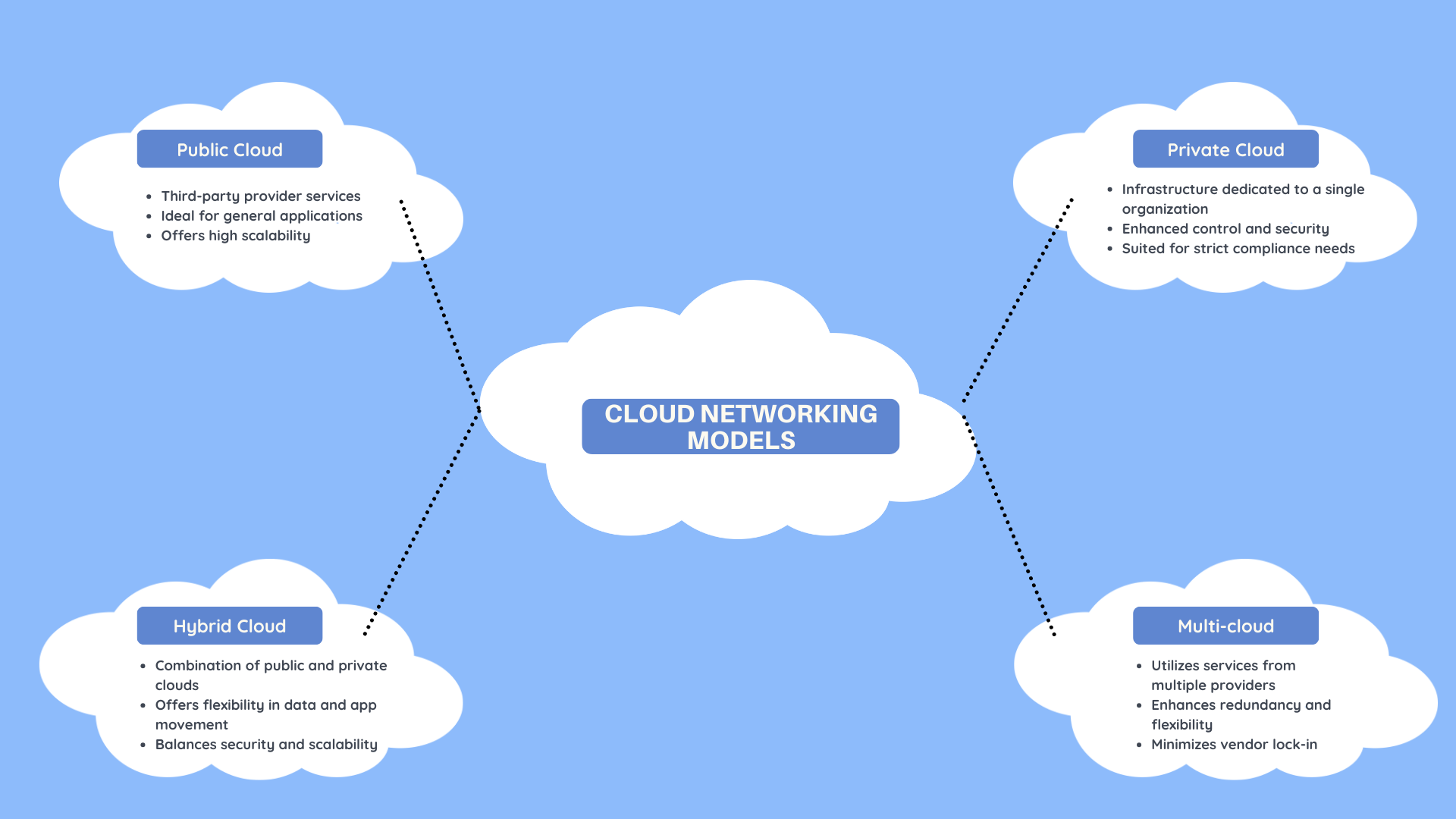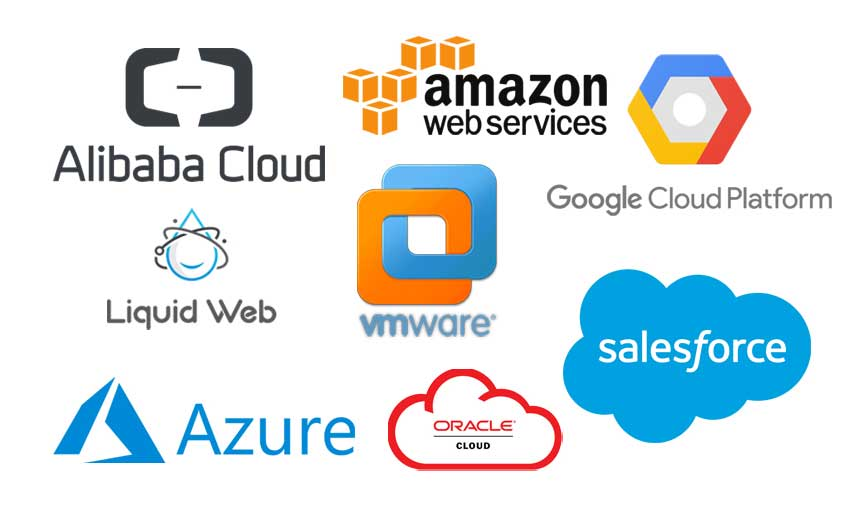
As we charge into 2024 and beyond, the digital realm undergoes continuous transformation. At its core, cloud computing remains vital, driving everything from daily communication to intricate data analytics. However, the cloud is ever-evolving, adapting to meet the relentless demands for agility, growth potential, and innovation. Amidst this evolution, several key trends emerge, reshaping the cloud landscape.
Multi-cloud adoption rises as businesses embrace diverse cloud providers, breaking away from single-vendor ecosystems for enhanced flexibility. Edge computing gains momentum, delivering real-time insights by processing data closer to its source, particularly impactful in spheres like manufacturing and healthcare. Advanced security measures, including zero-trust models and blockchain incorporation, take precedence to safeguard sensitive data. Artificial intelligence streamlines operations, while sustainability becomes imperative, leading to energy-efficient data centers and eco-friendly initiatives. The prospective hints at quantum computing’s extraordinary processing power, offering solutions to relevant challenges.
At A-Dev, our deep expertise in cloud platform technologies serves as a foundation for the insights shared in this article. It’s evident that the evolving cloudscape presents businesses with unparalleled prospects for enhancing effectiveness and fostering innovation. Get ready to embark on this transformative journey!
Expanding the Cloud Services Horizons

In the vigorous landscape of the cloud computing service market, notable trends are reshaping the very essence of cloud services. Notably, businesses are pivoting towards multi-cloud strategies while placing greater emphasis on seamlessly integrating diverse cloud services. These endeavors are instrumental in crafting highly specialized and interconnected cloudscape.
What is the Trend of the Cloud Market?
The evolution of the cloud market is defined by the rapid growth of multi-cloud computing. Businesses strategically leverage multiple cloud service providers to expand their services and create customized cloud experiences. This trend extends to crucial areas like cloud gaming, where the incorporation of various cloud platforms facilitates streamlined operations, enhancing productivity in managing diverse gaming services and content delivery.
Multi-Cloud Landscape

In today’s digital landscape, businesses are actively transitioning towards a multi-cloud approach, moving beyond a simple amalgamation of various cloud services. This evolution signifies a strategic fusion of distinct new tools and a seamless unification paradigm to enhance abilities, extending from cloud gaming to diverse business needs.
Key Aspects:
- Diverse Service Offerings: Emphasizing the significance of varied and specialized services within the multi-cloud realm, enterprises are customizing their cloud ecosystems. This customization involves integrating specialized tools such as cutting-edge analytics and AI solutions sourced from diverse providers, crafting an ecosystem tailored to their specific needs.
- Holistic Service Integration: The merging of platforms across multiple cloud providers facilitates a frictionless flow of both data and applications. By forging interconnected systems, this collaborative approach eliminates interoperability challenges and fosters a unified cloud environment. This synergy maximizes the collective potential of multiple clouds, transcending individual service limitations.
Edge Computing Takes Center Stage
In the prospective of cloud computing, edge computing emerges as a transformative trend, extending beyond reducing latency to unlocking benefits in data sovereignty, resource optimization, and enriched user experiences within the cloud ecosystem.

Key Points:
- Specific Services: Services like real-time analytics and on-device artificial intelligence AI drive edge computing’s growth, enabling instant insights and autonomous decision-making closer to data sources.
- Data Processing Horizons: Edge computing not only speeds up data processing but also enhances data sovereignty by storing data closer to its origin. It optimizes resources and delivers lightning-fast, immersive user experiences, marking a significant stride in advanced cloud functionalities.
This evolution in the cloud market signifies a tailored approach to utilizing cloud services, empowering businesses to create custom solutions that prioritize flexibility and specialization.
Cloud Security Fortifies the Foundation
Cloud security undergoes significant advancements with a focus on service-level security, offering tailored measures to fortify the foundation of cloud services. Advanced security services within the cloud encompass cutting-edge threat detection, robust data encryption, and compliance solutions, expanding security horizons for businesses.

Key Enhancements:
- Advanced Threat Detection: Cloud security advancements include state-of-the-art threat detection mechanisms, enhancing vigilance against evolving cyber threats.
- Data Encryption Solutions: Robust encryption measures ensure data protection and confidentiality, safeguarding sensitive information within the cloud environment.
- Compliance Solutions: Cloud services integrate compliance-oriented features, ensuring adherence to regulatory standards and industry-specific requirements.
Proactive Measures:
In addition to conventional security measures, cloud security now embraces proactive strategies. Automated security audits and incident response platforms transcend static protection, offering a proactive stance in identifying vulnerabilities, responding to threats, and fortifying computing resources against potential risks.
2024: A Turning Point in Cloud Innovation
In the ever-evolving landscape of cloud technology, 2024 marks a pivotal moment where groundbreaking advancements emerge, reshaping the way businesses operate and innovate. This transformative era witnesses the convergence of AI infrastructure and cloud computing, introduces sustainable practices through green cloud computing, and explores the potential of quantum computing in revolutionizing problem-solving across various industries. Each of these innovatives encapsulates pivotal developments driving significant shifts in the cloud sphere, promising unparalleled efficiencies and advancements in the digital realm.
The Unification of Artificial Intelligence and Cloud Computing
The convergence of Artificial Intelligence (AI) and cloud computing is revolutionizing enterprise operations, driving efficiency, and cost-effectiveness across various sectors.

AI’s fusion with cloud computing facilitates seamless automation of data analytics, management, security, and decision-making processes. Leveraging powerful CPUs and GPUs in public, private, or hybrid clouds, AI processes massive datasets within Machine Learning (ML) models.
Diverse AI-based cloud applications, including IoT, chatbots, business intelligence, AI as a Service (AIaaS) and cognitive computing enhance customer experiences by seamlessly operating in the cloud.
Advantages of Deploying AI in Cloud
Deploying AI in cloud settings offers compelling advantages:
- Cost Savings: Small-to-medium businesses benefit from reduced costs involved in building, testing, and deploying ML models in the cloud.
- Productivity: Cloud platforms alleviate administrative tasks, enabling IT staff to focus on non-repetitive operations.
- Automation and Analytics: AI tools embedded in hybrid clouds streamline workloads, automate processes, and provide real-time analytics.
- Enhanced SaaS Tools: The integration of AI algorithms into mainstream Software as a Service (SaaS) tools augments functionalities and end-user value.
Challenges in Deploying AI in Cloud
However, the deployment of AI in cloud presents certain challenges:
- Data Privacy: Security concerns arise when public cloud applications process sensitive data.
- Connectivity: Cloud-based AI systems heavily rely on consistent internet connectivity, posing potential hurdles.
Looking ahead, AI-driven initiatives such as Amazon’s Bedrock cloud service are poised to reinvigorate cloud computing by integrating AI functionalities. Businesses are urged to adopt AI technology promptly to remain competitive and allow adequate time for IT departments to implement AI solutions effectively.
Nutanix, in collaboration with NVIDIA and Mellanox Technologies, showcases the potential of hybrid cloud models in establishing AI-ready infrastructures.

This partnership blends Nutanix’s hybrid cloud platform with NVIDIA’s AI computing prowess and Mellanox’s high-speed networking. For instance, in healthcare, this alliance enables rapid medical data analysis, expediting diagnoses. In finance, it aids predictive analytics for market trends. This demonstrates the hybrid cloud’s ability to ensure data security while fostering innovation in various industries.
Green Cloud Computing: A Sustainable Approach to Cloud Technology

Green cloud computing is a forward-thinking approach reshaping the environmental impact of technology. This practice harnesses renewable energy sources such as solar, wind, and hydropower to minimize data center power needs. Providers also employ innovative strategies like recycling retired electronics to reduce electronic waste and maximize resource performance.
The objectives of green cloud computing are multifaceted. Not only does it aim to significantly reduce infrastructure costs through optimized energy use and efficient cloud solutions but it also aligns with sustainability goals, reducing energy consumption and emissions through cloud technology.
The sustainability of cloud computing lies in its higher utilization rate compared to traditional data centers. Cloud infrastructure maximizes server efficiency and reduces electricity needs. Providers leverage renewable energy sources, effectively curbing greenhouse gas emissions and fostering a cleaner power mix.
Migrating towards sustainable green cloud computing involves innovative practices. Virtualization and containerization significantly cut down energy needs by consolidating multiple applications onto a single server. Furthermore, the introduction of micro data centers, lightweight and portable, ensures quicker response times and lower energy consumption.
Embracing green cloud practices is pivotal for environmental sustainability. Through the adoption of renewable energy sources, enhanced infrastructure utilization, and innovative AI-based resource management, the journey towards a greener, more sustainable cloud computing ecosystem is underway.
Quantum Computing Enters the Equation
Quantum computing represents a significant leap in computational power, offering the potential to solve highly complex problems that traditional computers struggle with. In cloud, quantum computing can revolutionize various sectors, such as finance and drug discovery, by performing calculations and simulations at an unprecedented speed.

Quantum computers use quantum bits, or qubits, which can exist in multiple states simultaneously. This enables them to process vast amounts of data and perform intricate calculations much faster than classical computers. In finance, quantum computing can optimize complex financial models and perform rapid risk analysis, leading to better investment strategies. Moreover, in drug discovery, quantum computers can simulate molecular interactions more efficiently, accelerating the search for new medicines.
The incorporation of quantum computing into cloud computing opens doors to transformative advancements, heralding a new era of innovation and problem-solving capabilities that were previously inconceivable. It’s a powerful tool poised to tackle some of humanity’s most challenging problems.
Essential Technologies and Cloud Providers
Navigating the Network

Cloud computing services encompasses various models tailored to specific business needs:
Public Cloud: Services offered over the internet by third-party providers, allowing scalability and cost-effectiveness. Ideal for general-purpose applications, web-based services, and development environments.
Private Cloud: Infrastructure dedicated to a single organization, providing more control, security, and customization. Suited for businesses with stringent compliance needs, such as finance or healthcare.
Hybrid Cloud: Combines both public and private clouds, offering flexibility by allowing data and applications to move between environments. Ideal for businesses seeking a balance between security and scalability.
Multi-cloud: The utilization of multiple cloud platform services from different providers, enhancing redundancy, flexibility, and minimizing vendor lock-in. Suited for organizations seeking specialized services from various sources.
Emerging Cloud Trends Fueling Progress
Serverless Computing: Abstracts infrastructure management, allowing developers to focus solely on writing and deploying code, enhancing scalability and reducing operational and cloud costs.
Containerization: Encapsulates applications and their dependencies into containers, enabling consistency across different environments and enhancing portability.
5G Integration: Enables faster connectivity, low latency, and high bandwidth, propelling innovations in IoT, edge computing, and real-time applications.
Leading the Cloud Constellation
In the expansive realm of cloud computing, prominent cloud providers such as Amazon Web Services (AWS), Microsoft Azure, and Google Cloud Platform (GCP) stand as guiding stars, each showcasing distinctive paths of innovation and excellence.

Amazon Web Services (AWS)
AWS stands out for its extensive services and robust infrastructure across diverse industries. Offering scalable cloud computing solutions, it provides a wide array of services from computing power to databases, machine learning, and IoT. AWS ensures reliability, scalability, and security with global infrastructure and comprehensive security measures.
Microsoft Azure
Azure integrates seamlessly with Microsoft products, offering a suite of tools covering app development, analytics, and hybrid cloud solutions. Azure AI drives innovation with advanced machine learning capabilities while maintaining a strong focus on compliance and security.
Google Cloud Platform (GCP)
GCP excels in data analytics and machine learning, leveraging Google’s AI expertise. Google cloud data management tools enable efficient data analysis, while its commitment to sustainability resonates through energy-efficient data centers. GCP offers robust AI capabilities and global infrastructure for high performance and security.
These leading cloud providers demonstrate unique strengths, catering comprehensively to diverse business needs and propelling the evolution of cloud services. Other cloud providers such as IBM Cloud, Oracle Cloud, and Alibaba Cloud each bring their specialized offerings and occupy distinct market niches.
Embracing the Top Cloud Computing Trends
The evolving trends in cloud computing represent a launchpad for businesses to transcend operational boundaries and soar to new heights. Embracing these trends isn’t merely about staying current; it’s about harnessing unprecedented opportunities to optimize operations, foster innovation, and gain a definitive edge in today’s competitive landscape. This extends to crucial areas like cloud gaming, where technological advancements are revolutionizing entertainment experiences, offering seamless gameplay and access to high-quality, immersive gaming content from anywhere.
A-Dev: Your Reliable Cloud Navigation Partner
At A-Dev, we recognize the significance of these transformative trends and their potential impact on businesses seeking to navigate the complex cloud ecosystem. As your trusted flight guide in this journey towards cloud nirvana, we stand ready to assist you in unlocking the full potential of these advancements.
Our seasoned experts possess the knowledge, insights, and experience needed to chart your course through the intricacies of the ever-evolving cloud landscape. Whether it’s harnessing the power of multi-cloud environments, embracing cutting-edge technologies like serverless computing and containerization, or leveraging the latest in networking paradigms, A-Dev is equipped to be your steadfast partner in this transformative journey.
Contact A-Dev for Expert Guidance
Ready to take flight into the future of cloud computing? Contact A-Dev today to embark on a journey of digital transformation. Our team is here to provide tailored guidance and support, ensuring your seamless transition into the cloud-powered tomorrow. Reach out to us now and let’s navigate the clouds together, transforming your vision into reality.
Conclusion
In closing, the journey through the vast expanse of cloud computing has unveiled a multitude of transformative trends reshaping the future of businesses. Key takeaways underscore the immense potential these trends harbor: from the paradigm-shifting dynamics of multi-cloud environments to the catalyzing impact of emerging technologies like serverless computing, containerization, and the integration of 5G.
The transformative power of cloud computing extends far beyond mere technological advancements. It signifies a shift in how businesses operate, innovate, and achieve competitive advantages in a rapidly evolving landscape. The cloud offers not just innovation but a profound restructuring of operational paradigms, providing agility, scalability, and efficiency like never before.
At A-Dev, we stand as your steadfast partner on this journey towards cloud success. Our commitment is not merely in providing guidance but in forging a collaborative partnership aimed at navigating the ever-expanding skies of cloud technology. Together, let’s unlock the transformative potential of the cloud, paving the way for your organization’s unparalleled success and innovation in the pro-active realm of the digital era. Embrace the future with confidence, knowing A-Dev is by your side, ready to elevate your cloud aspirations to soaring heights.
FAQ
What are the top cloud computing trends in 2024?
- Multi-cloud adoption, edge computing, AI integration, green cloud computing, enhanced security, and quantum computing.
Why is multi-cloud adoption important?
- It offers flexibility, reduces vendor lock-in, and allows businesses to use specialized services from various cloud providers.
How does AI impact cloud computing?
- AI automates operations, provides real-time analytics, enhances security, and improves productivity with AI-powered SaaS tools.
What is green cloud computing?
- It uses renewable energy, optimizes resources, and reduces environmental impact in cloud operations.





